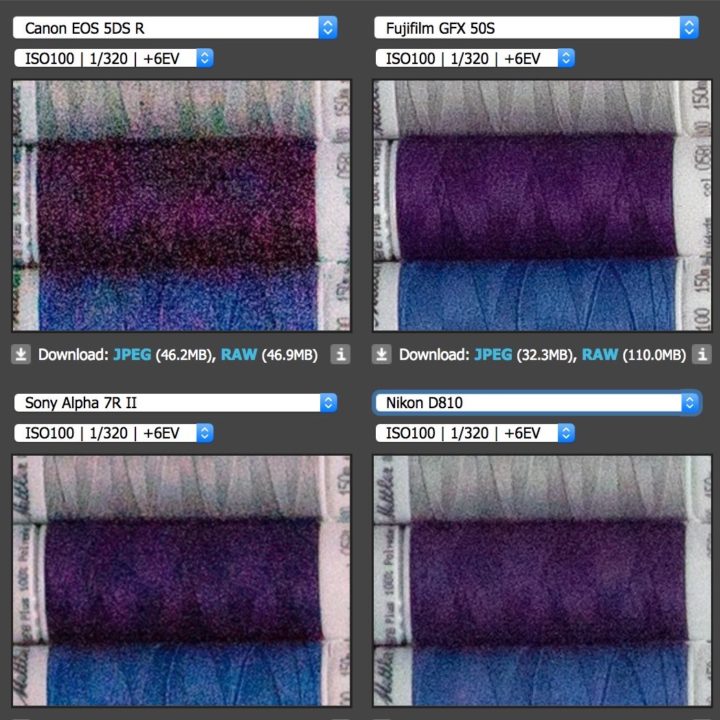DPReview First GFX Review Tidbits :: GFX + Elinchrom = HSS :: X100F, X-T20, Iridient X-Transformer Tips :: High ISO Vs Image Stabilization (miXed zone)
Fujifilm GFX
Fuji GFX with Elinchrom HS High Speed Sync at Robert Q youtube
_ _ _
DPReview Reviewer Dan Bracaglia is right now testing the Fujifilm GFX. His full review will be out soon. But he gave us some tidbits in his talk with TWiT Netcast Network on youtube. He says:
- Pretty good EVF resolution, but when you focus, you can get some shimmering and moire.
- because of the not so fast lenses, the advantage of having a MF sensor is lost (FF has faster glass)
- You can shoot higher ISO with less grain
- it’s a specialty camera for high-resolution photography
- Worth waiting a generation and wait for more lenses to come out first
- Fuji has some of the nicest color science of all camera manufacturers out there
Fujifilm GFX USA BHphoto, Adorama, AmazonUS EU: AmazonDE, AmazonUK, WexUK, ParkCamerasUK, PCHstore AUS: CameraPro
Fujifilm X100F
USA BHphoto, Adorama, AmazonUS EU: AmazonDE, AmazonUK, WexUK, ParkCamerasUK, PCHstore AUS: CameraPro
- Portraits of Vancouverites with the X-series at olafphotoblog
- March 25th, 2017 Raw? … Color? … The Fuji X100F Made Me Do It! … Part 1 at streetshooter
- X100F lab test at the French site lesnumeriques (translation)
- Fujifilm X100F Digital Camera First Impressions at findingrange
Fujifilm X-T20
- Fuji X-T20 Playing with film simulation at Omar Gonzalez Photography youtube
- Fuji X-T20 Face Eye Detection at Omar Gonzalez Photography youtube
& More
- The most popular photos taken with the X70 by Tilberg at Tilberg Photo youtube
- The ‘less than perfect'(apparently) xf18mm… at capitalfaces
- The Palouse Photography Workshop – “Seeing” in a Visual Paradise at olafphotoblog
- Re-discovering Sentosa at ivanjoshualoh
- X-Pro1, Pimp My Rideat mstjean
- Spring forward with the MCEX-16 at f16.click
ISO Vs. Image Stabilization
High ISO Performance vs Image Stabilization | Sharp Photos At Slow Shutter Speeds? at Finding Middle Earth youtube
X-Trans RAW conversion
- Tips for Using Iridient X-Transformer with Fuji X-Trans Files at thomasfitzgeraldphotography
- X-Transformer: bests settings, and how to integrate it in Lightroom at jacobroy.quebec




